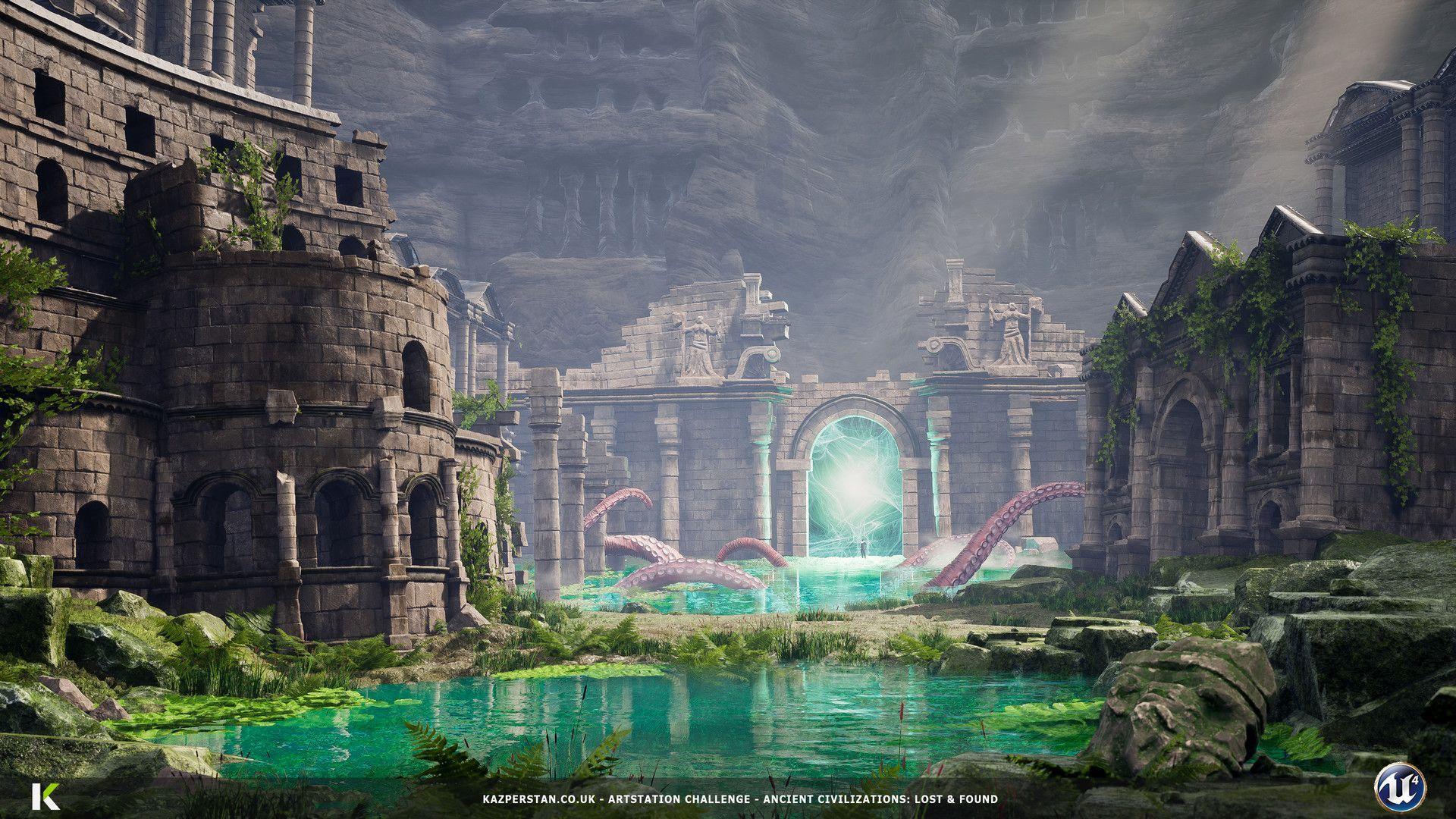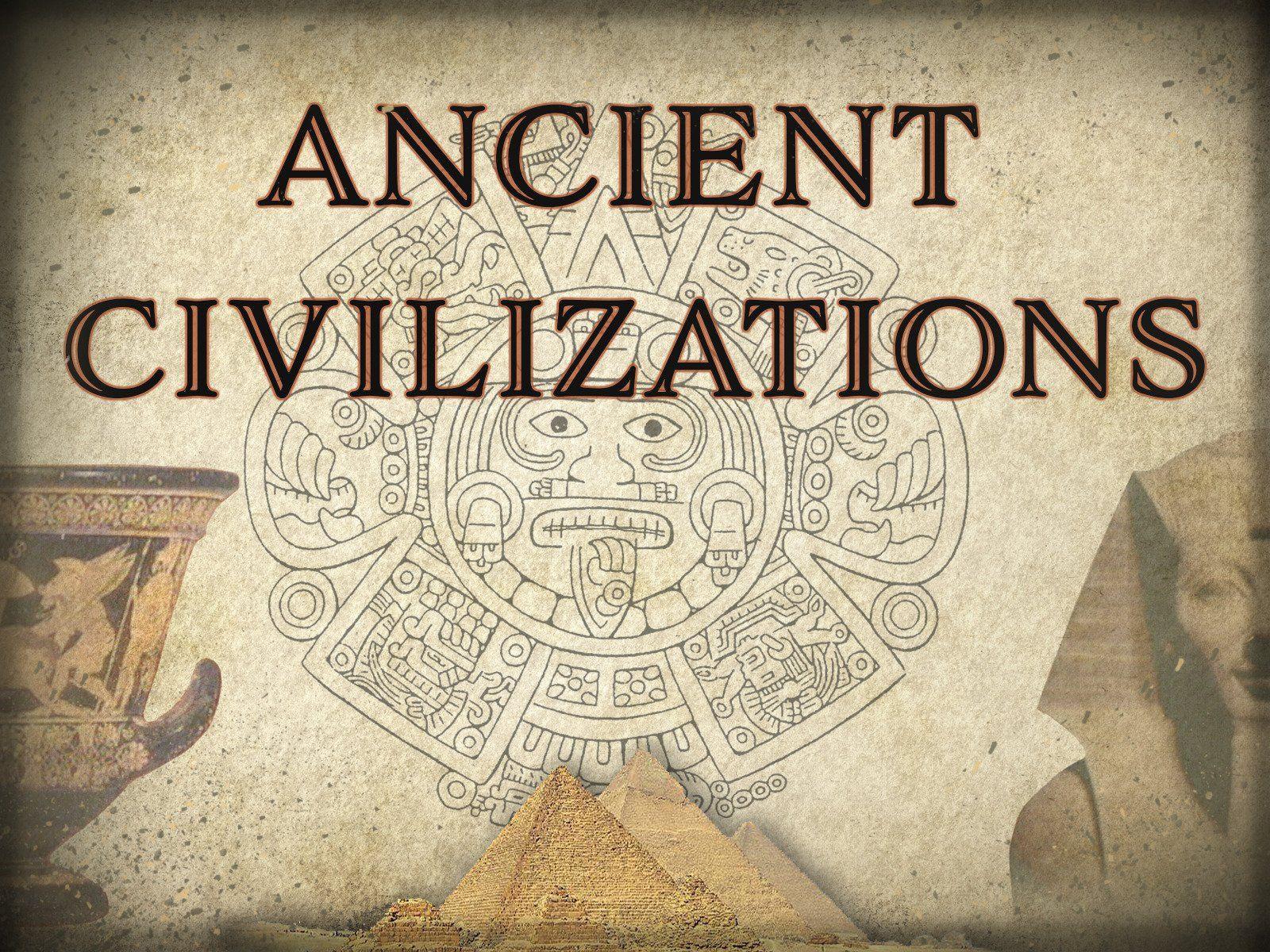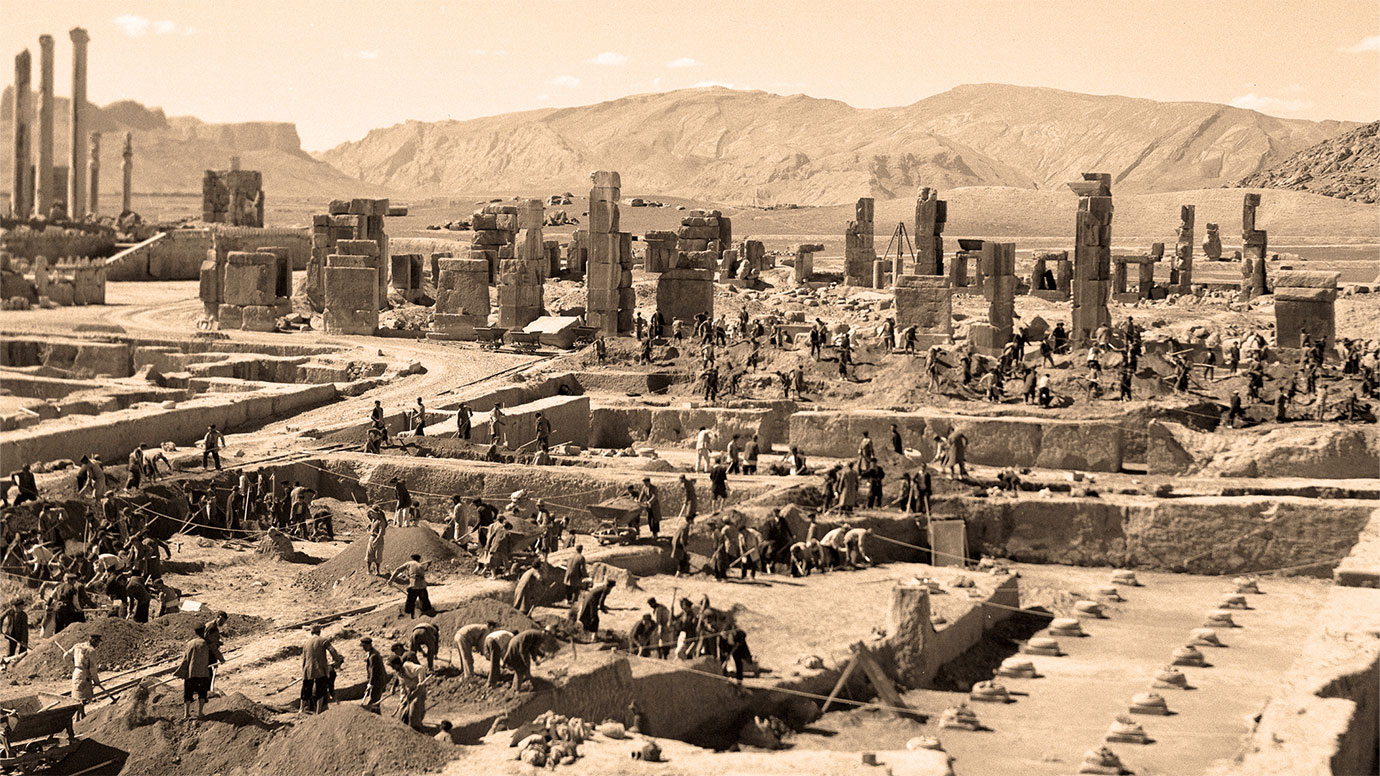When we talk about ancient civilizations, we're diving into a treasure trove of human history, filled with stories of ingenuity and resilience. The idea of using DTI, or diffusion tensor imaging, to study these long-lost societies brings a fascinating twist to historical research. Imagine being able to trace the pathways of ancient trade routes or the development of early communication systems through advanced imaging techniques. It's almost like giving archaeologists a new set of eyes to see beyond what's visible on the surface.
This blend of old and new opens up countless possibilities. For instance, DTI could help us understand how ancient people connected with each other, both physically and socially. It's not just about finding artifacts anymore; it's about piecing together the bigger picture of how these communities functioned and thrived. By applying modern technology to ancient mysteries, researchers are uncovering details that would've been impossible to discover otherwise.
Yet, there's more to it than just the technical aspect. This approach also invites a broader audience to appreciate history in a fresh way. It's a bit like turning a dusty old book into an interactive story. People who might not have been interested in history before are now drawn in by the allure of seeing the past come alive through cutting-edge tools. So, let's explore how ancient civilizations DTI is reshaping our view of history and what it means for future discoveries.
What Exactly is Ancient Civilizations DTI?
Alright, let's start with the basics. Ancient civilizations DTI refers to the use of diffusion tensor imaging to study the remnants of past societies. Essentially, it's a method that allows scientists to map out the structures and connections within archaeological sites. It's kind of like using X-ray vision to see what lies beneath the surface without disturbing it. This technique helps researchers get a clearer picture of how ancient people lived, worked, and interacted with their environment.
Now, you might be wondering, why is this important? Well, it's all about context. Understanding the layout of an ancient city or the network of trade routes can tell us a lot about the people who lived there. It's not just about finding cool artifacts; it's about piecing together the story of how these civilizations operated on a day-to-day basis. And with DTI, researchers can do this with incredible precision.
How Does DTI Work in Ancient Civilizations Research?
So, how exactly does DTI work in this context? Well, it starts with gathering data from the site. Scientists use special equipment to detect the movement of water molecules within the soil and structures. These movements can reveal the presence of hidden features, like walls or roads, that might not be visible otherwise. It's a bit like reading the soil's story, if you will.
Once they have the data, researchers can create detailed maps and models of the site. These models can show everything from the layout of a city to the patterns of trade and communication. It's a pretty amazing way to bring the past to life. And because it's non-invasive, it means that the site remains untouched, preserving it for future generations to study and appreciate.
Can Ancient Civilizations DTI Uncover Hidden Histories?
That's a great question. In some respects, the answer is yes. DTI has the potential to uncover aspects of ancient civilizations that were previously unknown. For example, it might reveal hidden chambers or pathways that were missed by traditional excavation methods. This can lead to new insights into how these societies functioned and what they valued. It's almost like finding a secret chapter in a well-known book.
Of course, there are limitations. DTI can't tell us everything. It can show us where things are, but it can't always explain why they were there or what they were used for. That's where other forms of research, like studying artifacts and written records, come into play. Still, the combination of DTI with traditional methods offers a powerful way to uncover the stories of the past.
Why Should We Care About Ancient Civilizations DTI?
Now, you might be thinking, why should we care about all this? Well, there are a few reasons. First, it helps us understand where we come from. By studying ancient civilizations, we can see how societies have evolved over time and what challenges they faced. This can give us valuable lessons for our own time. Plus, it's just plain interesting. There's something really captivating about uncovering the secrets of the past.
Besides that, it can also inspire future generations. When young people see the amazing things that past societies accomplished, it can spark their interest in history, science, and technology. It's a bit like planting seeds for future discoveries. And who knows? Maybe one of those seeds will grow into a whole new way of looking at the world.
What Are the Challenges in Using Ancient Civilizations DTI?
Alright, let's talk about the challenges. Like any new technology, there are hurdles to overcome. For one, DTI equipment can be expensive and not every research team has access to it. Plus, interpreting the data can be tricky. It takes a lot of skill and experience to make sense of what the images are showing. It's not as simple as just pointing the equipment at a site and getting instant answers.
There's also the issue of preserving the sites. While DTI is non-invasive, it still requires careful planning and execution to ensure that the site isn't disturbed. This can add another layer of complexity to the research process. Still, despite these challenges, many researchers believe that the benefits outweigh the difficulties. It's a bit like climbing a mountain. The journey might be tough, but the view from the top is worth it.
Is Ancient Civilizations DTI the Future of Archaeology?
That's a really interesting question. In some ways, it could be. DTI offers a way to study ancient sites without damaging them, which is a huge advantage. It also allows researchers to gather more data in less time, which can speed up the research process. But it's not the only tool in the archaeologist's toolbox. Traditional methods like excavation and artifact analysis are still incredibly important.
Really, the future of archaeology is likely to be a combination of old and new techniques. It's about using the best tools for the job and adapting them to the needs of each site. DTI might be a powerful addition to the mix, but it's not the only game in town. And that's okay. After all, variety is what makes research exciting.
What Are the Benefits of Ancient Civilizations DTI?
So, what are the benefits of using DTI in ancient civilizations research? For one, it can provide a more complete picture of a site. By mapping out the structures and connections, researchers can get a better understanding of how the site functioned as a whole. It's like putting together a puzzle where all the pieces fit perfectly.
There's also the advantage of speed. DTI can cover large areas quickly, which means researchers can gather more data in less time. This can be especially useful for large or complex sites where traditional methods might take years to complete. Plus, it's a non-invasive technique, which means that the site remains intact for future research. That's a pretty big deal in the world of archaeology.
How Can Ancient Civilizations DTI Improve Our Understanding?
Clearly, DTI has the potential to improve our understanding of ancient civilizations in many ways. It can reveal hidden structures and connections that were missed by other methods. It can provide a more detailed picture of how these societies functioned and interacted with their environment. And it can do all of this without disturbing the site itself.
But perhaps the biggest benefit is the way it inspires new questions and ideas. When researchers see something new or unexpected in the data, it can lead to whole new lines of inquiry. It's a bit like finding a new trail in the forest. You don't know where it will lead, but you're excited to find out. And that's what makes research so exciting.
Finally, the use of DTI in ancient civilizations research is opening up new avenues for discovery. By combining modern technology with traditional methods, researchers are uncovering details that would have been impossible to find before. It's a fascinating blend of old and new that's reshaping our understanding of the past. As we continue to explore these ancient worlds, who knows what amazing discoveries lie ahead?
Table of Contents
- What Exactly is Ancient Civilizations DTI?
- How Does DTI Work in Ancient Civilizations Research?
- Can Ancient Civilizations DTI Uncover Hidden Histories?
- Why Should We Care About Ancient Civilizations DTI?
- What Are the Challenges in Using Ancient Civilizations DTI?
- Is Ancient Civilizations DTI the Future of Archaeology?
- What Are the Benefits of Ancient Civilizations DTI?
- How Can Ancient Civilizations DTI Improve Our Understanding?



